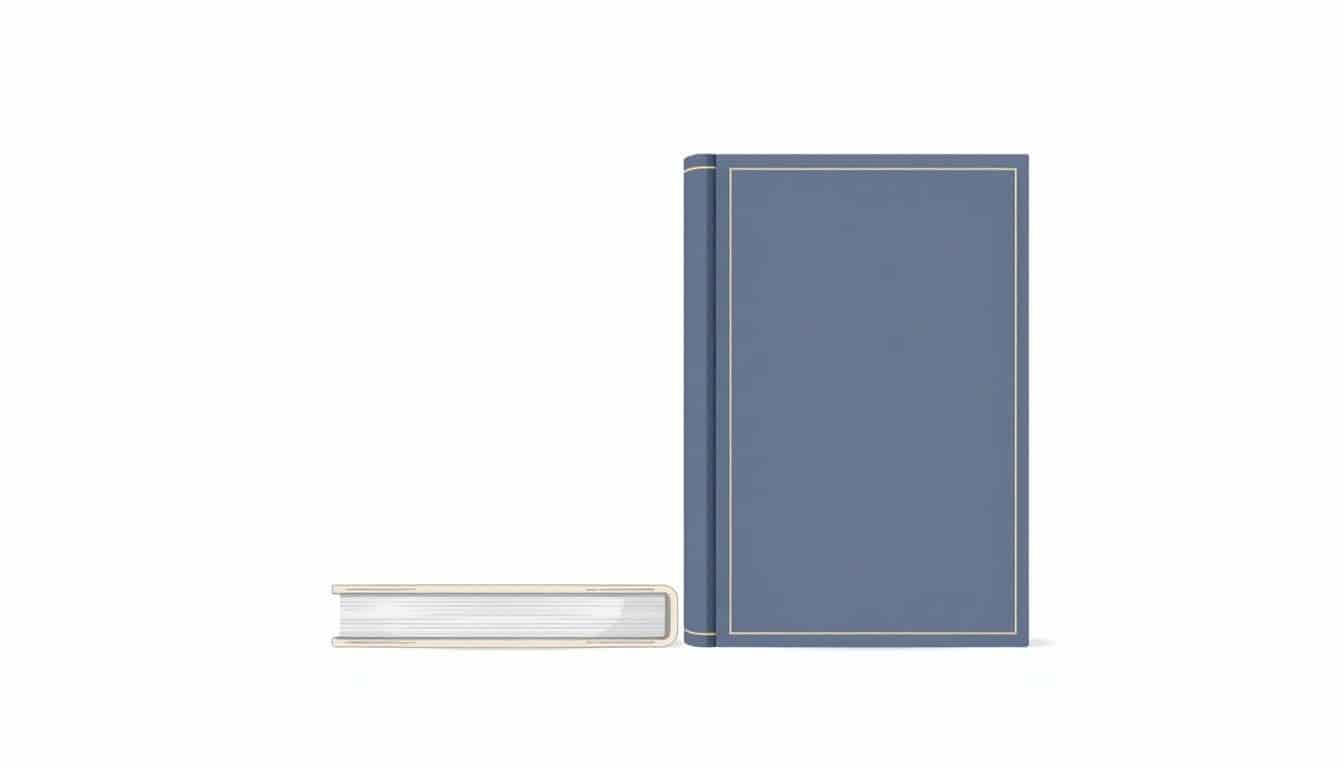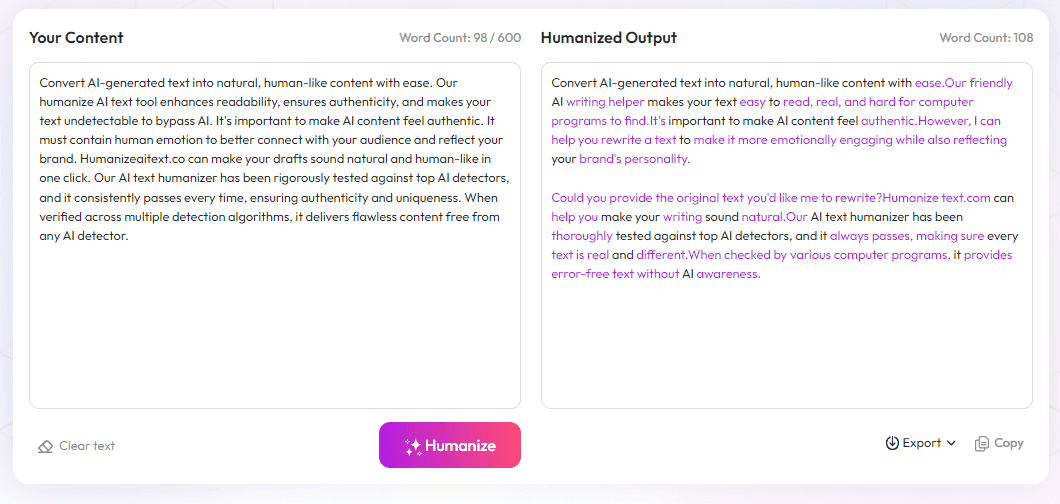Table of Contents
If you've ever wondered whether a hardcover or a paperback is better for your bookshelf, you're not alone. Some folks swear by the sturdiness of hardcovers, while others prefer the lightness of paperbacks. Keep reading, and you'll discover the key differences, helping you pick the perfect book for your style and needs. By the end, you'll know which binding suits your reading habits best without the extra fuss.
Key Takeaways
Key Takeaways
- Hardcover books are sturdier, more durable, and longer-lasting, making them good for collectors or long-term use. They are bigger, heavier, and usually cost more.
- Paperbacks are lighter, more portable, and cheaper, perfect for casual reading and travel. They wear out faster over time because of their glued binding.
- The choice depends on your priorities: if you want durability and a premium feel, go for hardcovers. For ease of carrying and affordability, paperbacks are better.
- Hardcover editions are often released first and hold higher resale value, while paperbacks come later and are more affordable for quick sales.
- Collectors prefer hardcovers, while casual readers lean toward paperbacks. Think about who will read or buy the book to pick the right binding.

1. What is the Difference Between Hardcover and Paperback Binding?
The main difference between hardcover and paperback books lies in their binding and construction. Hardcover books are built with a rigid, protective cover, often sewn or case-bound, which makes them sturdy and long-lasting. In contrast, paperbacks have a flexible cover glued to the pages using perfect binding, making them lighter and more affordable but less durable.
Hardcovers are typically sewn or case-bound, allowing the book to lay flat when open and offering better durability. Paperbacks use perfect binding, where pages are glued together along the spine, which is cheaper and quicker to produce but makes the book more susceptible to wear and tear over time.
2. How Durable Are Hardcover and Paperback Books?
Hardcover books are known for their durability, thanks to their sewn or case-binding methods. They can withstand frequent handling and last for decades if cared for properly. Their rigid covers protect the pages from damage, and they often feature a dust jacket for extra protection.
P paperback books, with their glued binding, are less durable. While they are perfect for casual reading and travel due to their lightweight nature, the glue can weaken over time, causing pages to loosen or fall out. They tend to show wear faster but are easier and cheaper to replace.
3. Physical Size and Reading Feel of Hardcover vs Paperback
Hardcovers are usually larger and heavier, giving them a substantial feel in your hands. The rigid cover adds to a premium reading experience and makes them feel like a keepsake. In contrast, paperbacks are compact and lightweight, making them easier to hold and carry around, which enhances portability.
The heft of a hardcover can provide a satisfying tactile sensation, especially for collectors or gift buyers. Paperbacks, being smaller, are perfect for reading on the go or slipping into a bag without extra bulk.
4. Which Is Easier to Carry: Hardcover or Paperback?
Undoubtedly, paperbacks win here. Their lightweight and flexible cover design make them perfect for slipping into bags, backpacks, or pockets. Hardcovers tend to be bulky and heavy, making them less convenient for travel or commuting.
If portability is your priority, choosing a paperback significantly reduces the hassle of carrying around a book, especially when you're on your way to work or on vacation.
5. Cost of Hardcover vs Paperback Books
Hardcover books are generally more expensive due to their complex production process and durable materials. The average production cost for a hardcover is around $8.95, compared to just $4.30 for a paperback. This price difference is reflected in retail prices, with hardcovers often costing twice as much as paperbacks.
The higher price makes hardcovers more of a special purchase or gift item, while paperbacks are designed for mass-market sales and casual readers looking for affordability.
6. When to Choose a Hardcover or a Paperback
If you're buying a book for long-term use, as a collector’s item, or for display, a hardcover is the better choice. They withstand the test of time and often have a more refined appearance. For light reading, travel, or budgeting, paperbacks are ideal because of their lower price and portability.
Additionally, consider the purpose: if the book will be heavily referenced or shared, a hardcover offers more durability. For everyday reading, a paperback will do the job without breaking the bank.

7. Market and Collector Preferences for Hardcover and Paperback
Collectors tend to favor hardcovers because of their durability and aesthetic appeal, often viewing them as valuable keepsakes.
Hardcover editions are commonly chosen for special editions, first prints, or books with illustrated covers that look better in a sturdy shell.
Casual readers usually prefer paperbacks because they’re cheaper, lighter, and easier to toss into a bag or pocket without worry.
Bookstores and online retailers stock more hardcovers for new releases aimed at collectors, while mass-market paperbacks dominate the shelves of supermarkets and drugstores.
Knowing your target audience can help you decide whether to go for a durable collector’s item or a soft, budget-friendly option — or even both, if you’re planning to sell or gift.
8. Release Timing and Resale Value of Hardcover vs Paperback
Hardcover books often hit shelves first, especially for debut novels or anticipated new releases, giving them a sense of exclusivity.
Resale value is usually higher for hardcovers, especially if they are in pristine condition or part of a collectible edition.
Paperbacks tend to be released after hardcover editions, which means they can sell more quickly but usually for a lower price when resold.
If you're thinking long-term or aiming for a book with a good resale potential, going for a hardcover initially might be the way to go.
On the flip side, if you’re more interested in quick sales or affordable options, paperback releases can bring faster turnarounds and wider reach.
9. Summary of Key Differences: Hardcover vs Paperback at a Glance
Hardcovers are tough, longer-lasting, and have a premium feel, which makes them great for collectors and long-term use.
Paperbacks are light, inexpensive, and easy to carry around, perfect for casual reading and quick sales.
The production costs for hardcover books are nearly double those of paperbacks, influencing their retail pricing.
Choosing between the two depends on your budget, how the book will be used, and who your audience is.
Ultimately, both formats have their place, and your choice boils down to the purpose behind your book and who you hope will read it.
FAQs
Hardcover books have rigid, durable covers, offering more protection. Paperbacks feature flexible, soft covers, making them lighter and easier to handle but potentially less durable over time.
Yes, hardcover books generally resist wear and tear better and can last longer, especially with frequent use, due to their sturdy covers and construction.
Hardcover books tend to be larger and heavier, offering a solid feel, while paperbacks are lighter and more flexible, making them easier to hold for extended reading sessions.
Paperback books are lighter and more portable, making them a better choice for travel or commuting compared to heavier hardcover editions.



